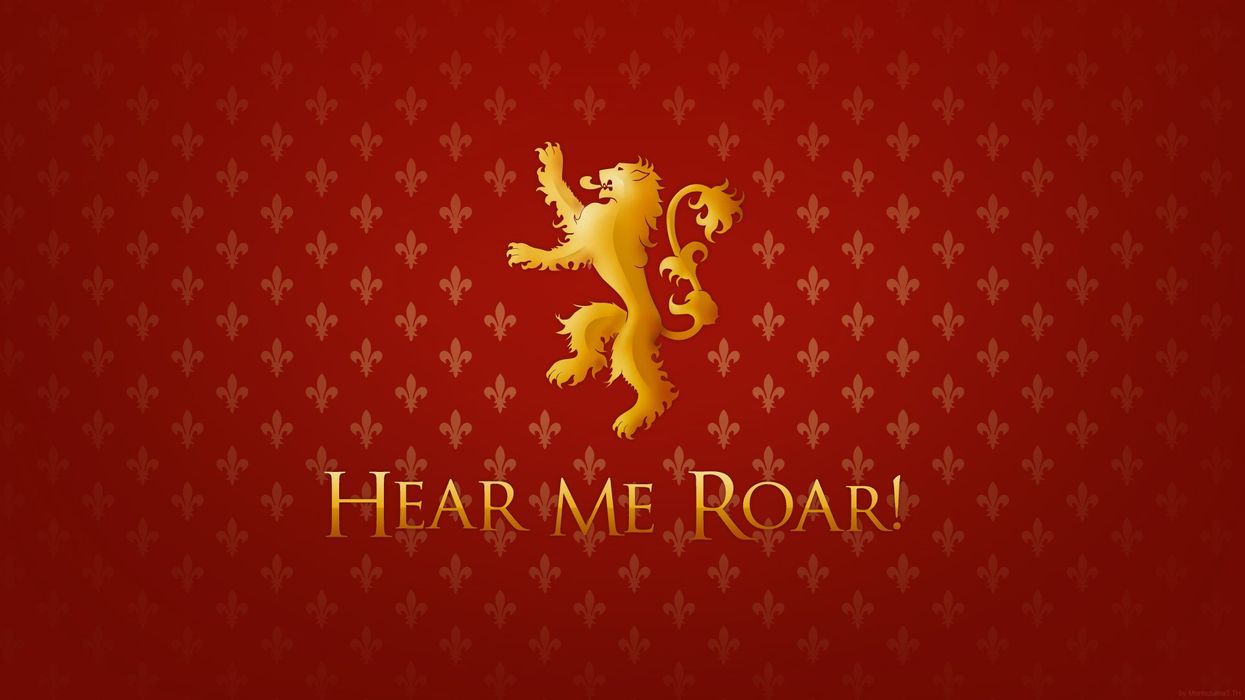Why The Lannisters Are Going To Win The Iron Throne
When you play the game of thrones, you win or you die.

Everyone knows that a Lannister always pays their debts, but did you know their official house slogan is "Hear me roar!" That's kind of hilarious. With Game of Thrones coming to a close soon, we have been diving into all the cool summaries and fan theories popping up all over the place, and I have the most fun pulling out information on each house and predicting who will win the Game of Thrones.
Mathematically speaking, it seems like the Lannisters have a better chance than anyone when it comes to winning. They have three horses in the fight and cover both sides of the war.
We all know Cersei has become a bit of a mad queen since she blew up the sept and began her rule with an iron fist. Now, with the Golden Company at her back and even more sell-swords than you shake a battle-ax at, she's gearing up to take on a depleted Northern army that will probably be heavily decimated by the war against the Whites/Wights.
This was not an easy journey for Cersei. She spent most of her life being underestimated by the men around her. And then killing them off one by one.
Still, now she's effectively alone. Jamie has fled. Tyrion is the hand of her enemy, and all her kids have croaked in terrible ways.
While the debate about whether or not she's actually pregnant is still up in the air, Cersei is definitely a woman scorned. And out for blood.
The only person who may have to tame her, or maybe even kill her, is Jamie.
It's so hard to believe that the guy who pushed a child out of a window in the show's pilot is now the moral center of the Lannister family. Jamie had to travel far and wide to earn this sort of worldly wisdom, and he had to lose his sword hand too...and all his kids...and soil his name...ANYWAY...as he heads toward the North to warn Daeny and Jon (another hot incest couple) that no one is coming to save them, you have to hope that his love and loyalty for Tyrion keeps him alive.
Tyrion is the son who never had a shot. Well, his only shot he took with a crossbow and destroyed his Dad on the toilet. Great scene.
Now, this rumored to also possibly be a Targaryen, dude is fighting losing battles as the hand of the queen. And Daeny doesn't love it.
Tyrion has mentioned democracy before. If everyone dies chasing the throne, maybe he could be democratically elected?
Would Westeros end with a vote? Stranger things have happened. He better campaign soon.
The Lannisters are spread thin, but still wield a ton of power and gold. They have more members and a history of ruling. Why not them? Lots of reasons. But for now, Cersei still sits on the throne. And it's hard to imagine her being willing to give that power up. Oh man, so many people are going to die this season...
The Ringer's YouTube Channel created this epic hype video for the House Lannister. Get watching!
What's next? House Targaryen might be too strong to stop!
Guys, I am losing my MIND waiting for the upcoming season of Game of Thrones. you might as well call me the Mad King over here. And speaking of Mad Kings, The Ringer just released this dope video hyping me up for House Targaryen coming back to the throne, so click on the link and get watching!
And read our Game of Thrones Season Eight preview too!












